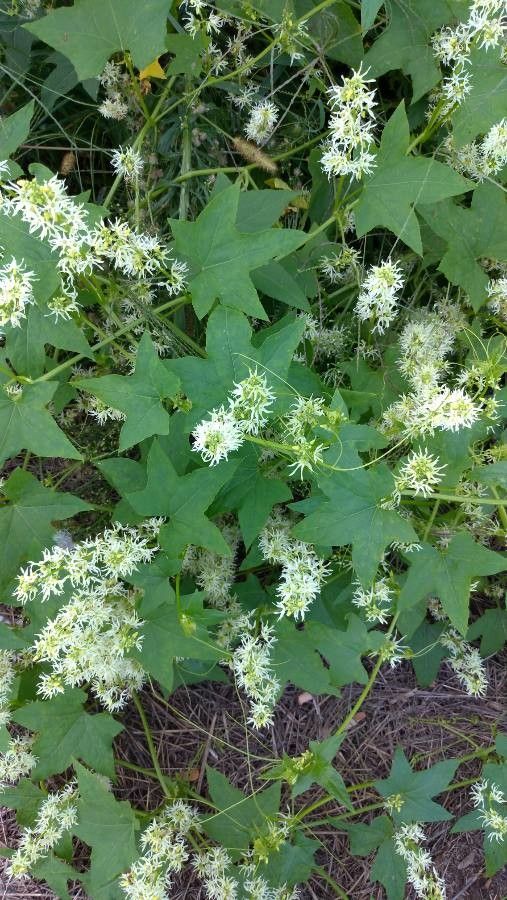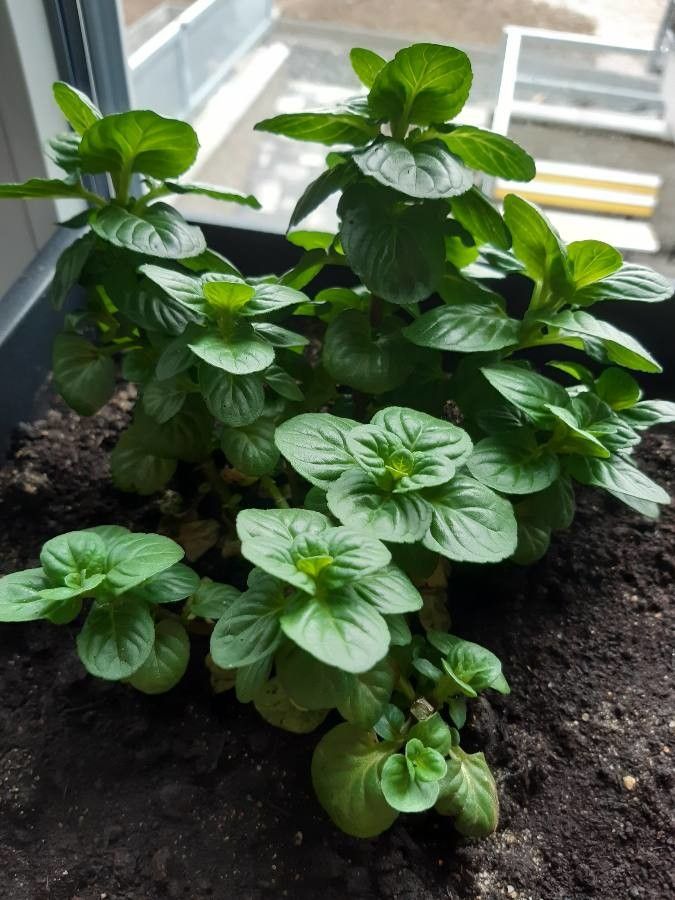## Wild Cucumber: A Comprehensive Guide
The wild cucumber ( *Echinocystis lobata*) is a vigorous, fast-growing vine belonging to the Cucurbitaceae family, renowned for its rapid growth and striking features. While often appreciated for its attractive appearance, it's crucial to understand its potential invasiveness before planting.
### Identification
Wild cucumber is easily recognizable by its palmate leaves, resembling those of a maple tree, and its tendrils that aid in climbing. The vines can reach impressive lengths, often sprawling over fences, trellises, or other supporting structures. Its small, white flowers are followed by prickly, oblong fruits that resemble miniature cucumbers. These fruits contain numerous seeds, contributing to its prolific spread.
### Habitat and Growth
Wild cucumber thrives in a variety of conditions, demonstrating a preference for full sun to partial shade. It's highly adaptable to different soil types, tolerating both moist and dry conditions. However, it flourishes best in well-drained soil. Its rapid growth makes it a suitable choice for covering large areas quickly, but its aggressive nature requires careful consideration regarding its placement in the garden.
### Planting and Care
Planting wild cucumber from seed is relatively straightforward. Seeds can be sown directly into the ground after the last frost, ensuring the soil is warm enough for germination. Alternatively, you can start seeds indoors several weeks prior to the last frost. Wild cucumber requires minimal care once established, but regular watering, particularly during dry periods, will promote vigorous growth. Pruning may be necessary to manage its growth and prevent it from becoming overly invasive.
### Potential Invasiveness
While attractive, it's important to be mindful of the wild cucumber's potential to become invasive in certain regions. Its prolific seed production allows it to spread readily, potentially outcompeting native vegetation. Therefore, it is crucial to plant it responsibly, and consider planting it in contained areas like large pots or dedicated garden sections that can be easily managed.
### Uses and Benefits
Beyond its ornamental value, wild cucumber has some traditional uses. However, it's vital to note that the plant should not be consumed as it is not considered edible. The plant’s quick growth can be harnessed to provide a natural screen or cover for unsightly areas.
### Conclusion
The wild cucumber offers a unique aesthetic appeal with its rapid growth and striking features. Understanding its potential for invasiveness and taking appropriate measures to manage its growth are key to successful cultivation. By carefully considering its placement and implementing proper control strategies, you can enjoy the beauty of this remarkable plant without compromising ecological balance.
Wild Cucumber: Guide to Planting & Care

Frequently Asked Questions
How to grow wild cucumber?
Plant seeds directly outdoors after the last frost or start indoors several weeks earlier. Provide well-drained soil and regular watering, especially during dry periods. Consider a contained area to manage its spread.
Is wild cucumber invasive?
Yes, wild cucumber can be invasive due to its prolific seed production. It's important to manage its growth and choose a planting location carefully to prevent it from outcompeting native plants.


